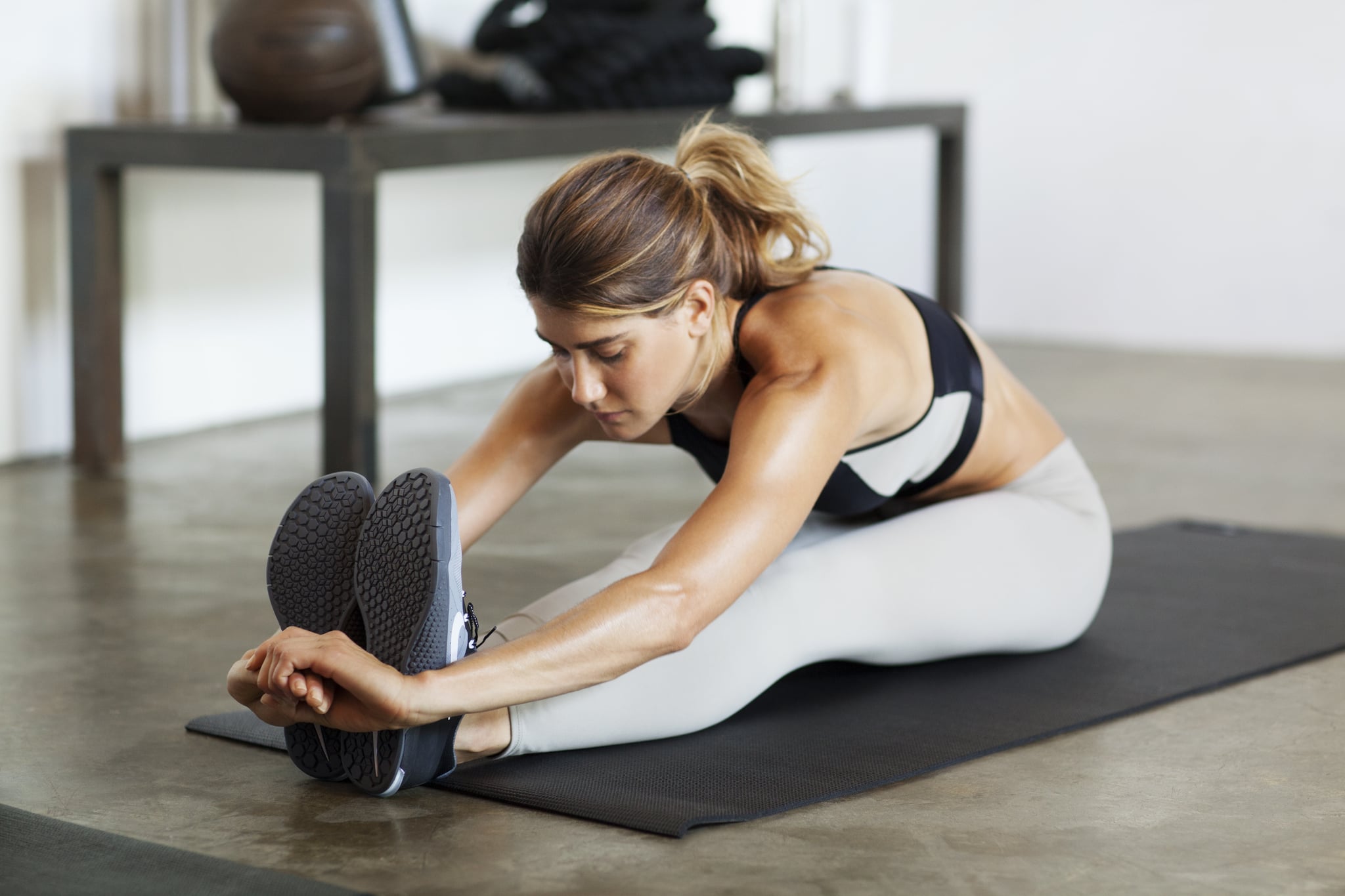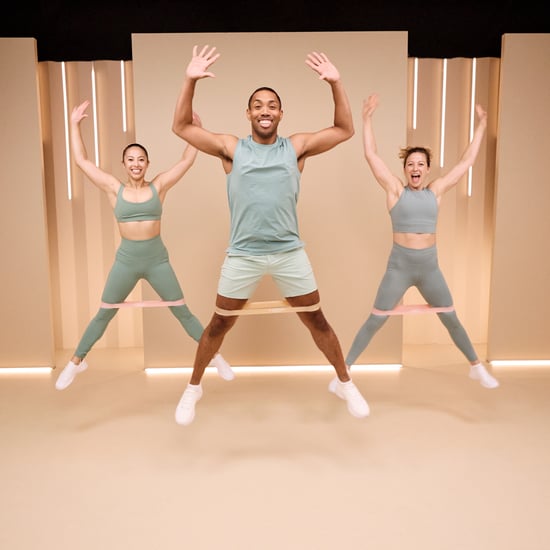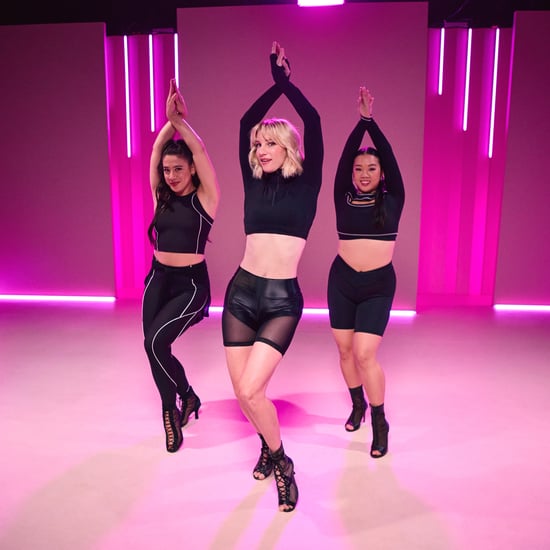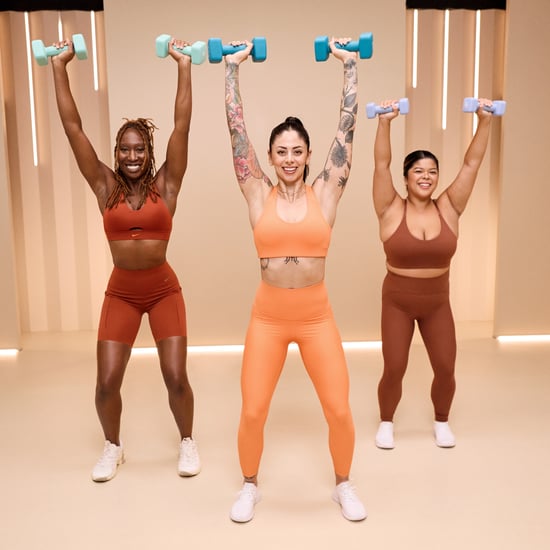Are Hot Workouts or Cold Workouts Better?
Fitness Gurus Weigh in on Hot Workouts vs. Cold Workouts

People have been uncomfortably sweating it out in notably hot gyms for years now, with countless fanatics who swear by the heat's purifying, energy-boosting effects. While that may be old news to you, it may surprise you to learn that a few gyms have opted to do the opposite by reducing their thermostats to sometimes as low as 4 degrees celcius. Curious about the pros and cons of both hot and cold workouts — and somewhat sceptical about the claims — we hit up some fitness gurus for their input.
Hot Workouts
From barre and yoga to Spin and beyond, it seems that no gym is safe from cranked temps these days.
"The amount of heat used in heated or hot classes varies wildly. For example, at my company's Health Yoga Life's yoga studios in Boston and Cambridge, MA, our heated yoga classes are warmed to just around body temperature. Another style of yoga, Bikram, heats its classes to more than 40 degrees," explains Vyda Bielkus, the cofounder of Health Yoga Life.
Bielkus says that raised temps may potentially help your body ease into difficult postures. She also says that some research has shown that heated environments may increase blood flow in the body, improve blood circulation, and help improve cardio and immune system function. As an interesting aside, a recent study even found that frequent visits to the sauna decreased stroke risk by 60 percent in some people.
Clarence Hairston, a certified personal trainer and fitness director at the Bay Club Company, says, "The benefits of hot workouts are [an] accelerated heart rate, which can help to build cardiovascular endurance, and faster calorie burn. They also help to cleanse the body through sweating at a higher rate than normal."
Of course, there are some potential cons associated with hot workouts, as well. For starters, Hairston says there's a risk of injury or heat exhaustion if you aren't properly prepared. "Since you are likely to sweat at a higher rate, your body will need assistance in replacing what is lost during the workout. The key is to hydrate before, during, and after," he advises.
Erika Strimer, CEO of Total MOVEment in West Palm Beach, FL, and a lead instructor during CityPlace's District Fit wellness festival, agrees. She says that while she's a fan of a moderately warm vinyasa session — anything over 29 degrees isn't ideal.
"Hot workouts inhibit your ability to get the best workout. It compromises your overall metabolic function, making you tired and weak," she noted. "When I took my 200 Hour Yoga Alliance Training, there was no research to prove a room over 100 degrees to be any more effective. Before teacher training, I found myself being able to go deeper in the poses, but that doesn't mean it is safe for the average person. If you're going to do a workout in a hot room, a safe temperature would be below 29 degrees."
Our experts agree that while hot workouts may improve mental vigour for those already fit, people who are new to working out should focus on increasing their physical abilities first. Even if you're in superior shape, hot workouts should be sparse and supplemental at best — not a replacement.
Cold Workouts
As you probably guessed, a cold workout is literally the exact opposite of a hot workout. This is a very new trend we're seeing, with only a couple studios specialising in the experience. One of those studios is NYC's Brrrn, cofounded by Jimmy T. Martin.
While the temperatures don't get painfully cold at Brrrn, they range between a chilly 7 to 15 degrees. The real question is: what are the benefits outside of potentially feeling more "in the moment?"
"Cold workouts or training in the cold — such as running outside in colder temperatures can help build mental toughness and by some is believed to help burn more calories," says Bielkus. "Unfortunately, in regard to the extra calorie burn, this is not the case. Although it is proven that shivering burns extra calories as your body tries to stay warm, once you start exercising, you actually burn the same amount of calories as if you were exercising at a normal temperature."
Similar to hot workouts, though, it may also help build confidence and stamina in your fitness capabilities.
The biggest con — and it's one to be taken seriously — is that if you have heart issues, cold workouts should be avoided.
"Exercising in extreme cold can put strain on a person's heart," explains Bielkus. "People with any underlying heart conditions should avoid extraneous effort in the cold — shovelling [ice], for example, can sometimes spur a heart attack — as the heart needs to work harder to circulate blood."
Another con of cold workouts would be potential injury if you're not properly warmed up before the workout starts, notes Strimer. She advises, "Please be sure to properly warm up before starting any workout routine — hot or cold — to avoid the risk of injury."
To be fair, 15 degrees is really not that cold — it's a chilly Spring day. It just feels much colder when compared to the standard 20 to 24 degrees you'll find at most gyms and definitely colder than the 38-degree hot yoga studios mentioned above. Also, people have been hiking cold mountains or engaging in outdoor fitness activities — such as skiing or snowboarding — for a while now. The primary difference is that they're properly bundled up.
Bottom Line
In the end, neither hot nor cold workouts should replace your current regimen. Instead, consider them a supplemental option for when you're trying to get out of a rut, or as a creative way to set and meet new fitness challenges. Either can help you sharpen that edge in your confidence and mental toughness.
In terms of science, there's very little data to back up the benefits of higher or colder than normal gym temps, so don't drink too much snake juice as you head into your next sesh. Remember, fitness is about having fun. Don't torture yourself, but do engage in classes that make you feel accomplished and — most important — healthier.







